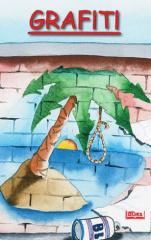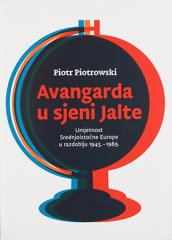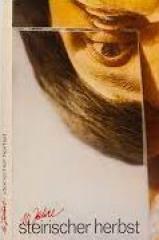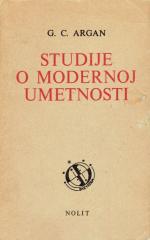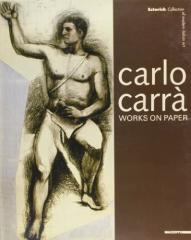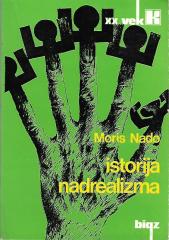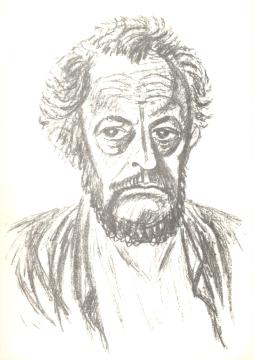
Ernst Barlach: Lithographien, Holzschnitte
The exhibition catalogue represents a significant segment of the oeuvre of the German expressionist Ernst Barlach, who, in addition to being a sculptor, was also a prolific graphic artist and writer. The catalogue is accompanied by an appendix with a tran
Barlach's lithographs and woodcuts reflect a deep humanistic and spiritual dimension, often imbued with social criticism and expressionist aesthetics. Croatian Encyclopedia
Barlach illustrated his own plays, such as Der tote Tag (1912) and Der Findling (1922), using woodcuts to deepen the emotional experience of his texts. His prints are characterized by strong contrasts of light and shadow, and stylized figures that express the inner state of the characters.
Of particular note is the woodcut cycle for Goethe's Walpurgisnacht, where Barlach uses the surface woodcut technique to depict the demonic world of the sabbath on the Brocken Mountain. In these works, Faust and Mephisto recede into the background, while grotesque and erotically charged figures of witches dominate the composition, creating a striking visual interpretation of Goethe's text.
Barlach also produced lithographs for Goethe's poems, published in 1924, where he interpreted the poet's motifs through 35 lithographs, emphasizing universal themes such as love, death, and the spiritual quest. These lithographs are characterized by simplicity of line and deep symbolism, which further enrich Goethe's verses.
Barlach's graphic works, whether independent or as illustrations of literary works, represent a synthesis of expressionist aesthetics and a profound humanistic message, leaving a strong impression on the viewer.
One copy is available
